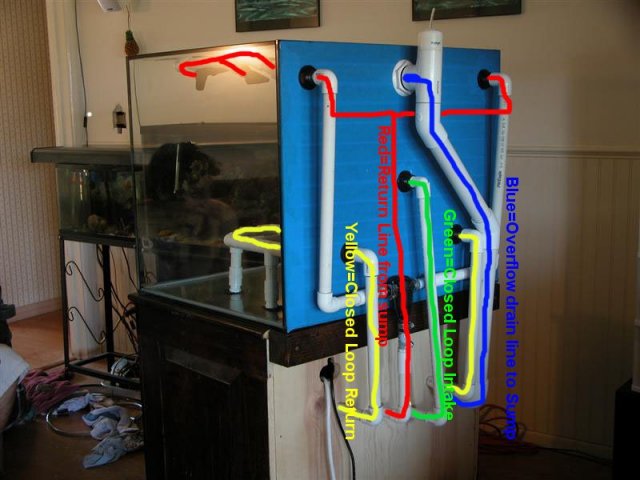See, here is the problem, if I remove the rocks and corals (which are encrusted and gluing multiple rocks together) I will not only be breaking up my corals in the process, I will also be stirring up stuff in the rocks and I know I will never get them back the same way. I don't want to cause any more problems inside my tank than I am already dealing with.
As for the sand being an abrasive, the wrasses bury themselves in the sand and are perfectly fine every day, so I doubt it is really abrasive at all. If it was abrasive, wouldn't my glass be all scratched up from sand being under the mag float? The wrasses will already be buried in the sand when I do this job and the sand will still have water in it. Biggest worry is my potters angel really.. that is the one fish that will be on its side flopping around more than any other.
Normally, I would agree that plan on a job taking 10x longer than initally planned, but really, I can not see any reason this repair job would take more than 60 seconds. Literally pull off some tubing and the SCWD and slap in a pre-made T with tubing already measured to fit in its place. I just can't see what could go wrong with such a simple job.
As for the sand being an abrasive, the wrasses bury themselves in the sand and are perfectly fine every day, so I doubt it is really abrasive at all. If it was abrasive, wouldn't my glass be all scratched up from sand being under the mag float? The wrasses will already be buried in the sand when I do this job and the sand will still have water in it. Biggest worry is my potters angel really.. that is the one fish that will be on its side flopping around more than any other.
Normally, I would agree that plan on a job taking 10x longer than initally planned, but really, I can not see any reason this repair job would take more than 60 seconds. Literally pull off some tubing and the SCWD and slap in a pre-made T with tubing already measured to fit in its place. I just can't see what could go wrong with such a simple job.



